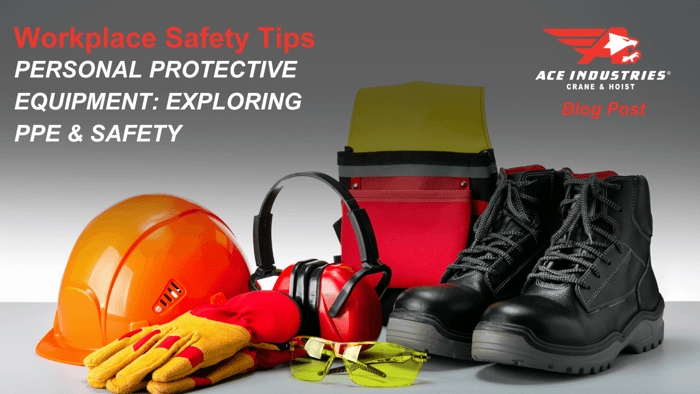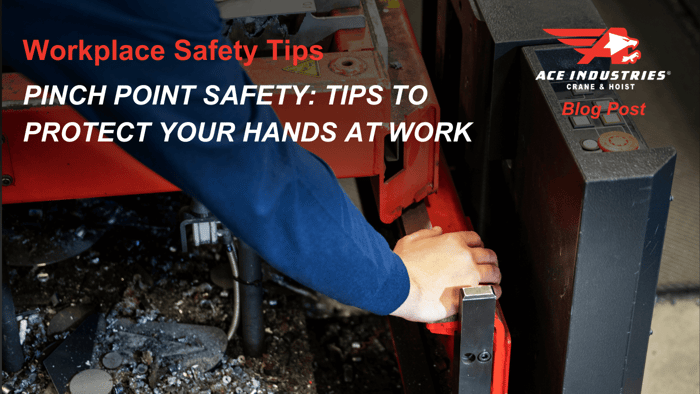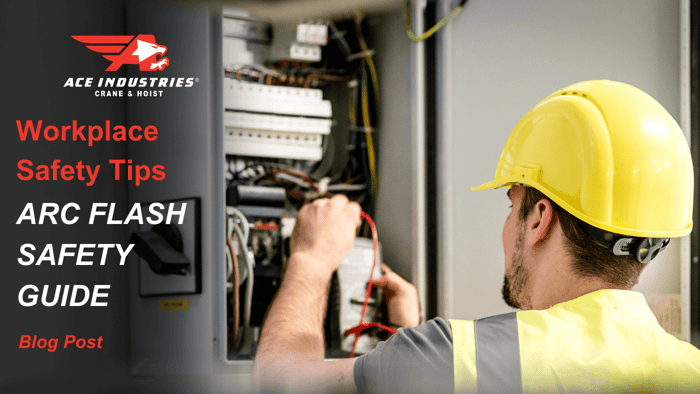
Personal Protective Equipment: Exploring PPE & Safety
Table of Contents
Personal Protective Equipment (PPE) is equipment worn to minimize exposure to a variety of hazards. These hazards can include physical, electrical, heat, chemical, biohazards, and airborne particulate matter. PPE includes items such as gloves, safety glasses, shoes, earplugs or muffs, hard hats, respirators, or coveralls, vests, and full-body suits. It's essential for ensuring worker safety across various industries, from construction to healthcare.
Types of Personal Protective Equipment (PPE) and Crane Operation Safety
Head Protection
Hard hats are crucial for protecting against falling objects and serious head injuries, especially in crane operations. Always inspect your hard hat for damage before use.
- Types and Standards: Hard hats must meet ANSI (American National Standards Institute) standards. There are two main types:
- Type I: Protects against impacts to the top of the head.
- Type II: Protects against impacts to the top and sides of the head.
- Classes: Hard hats are also classified by electrical protection:
- Class E (Electrical): Protects against high-voltage conductors (up to 20,000 volts).
- Class G (General): Protects against low-voltage conductors (up to 2,200 volts).
- Class C (Conductive): Offers no electrical protection.
- Proper Use: Ensure a snug but comfortable fit. Look for adjustable chin straps and padded sweatbands. Inspect for damage before each use and replace if dents, cracks, or damage are present.
Eye Protection
Safety glasses or goggles shield your eyes from flying debris, dust, and rigging hazards. Flying debris or a snapped sling can cause serious eye injuries.
- Types and Standards: Eye protection should comply with ANSI Z87.1 standards.
- Safety Glasses: Provide impact protection and are suitable for general use. Look for side shields for additional protection.
- Safety Goggles: Offer a tighter seal and better protection against splashes, dust, and debris.
- Lens Types:
- Clear lenses: For general use.
- Tinted lenses: Reduce glare in bright environments.
- UV protection: Protects against harmful UV rays.
- Proper Use: Ensure comfortable and secure fit. Clean regularly and inspect for scratches or damage.
Foot Protection
Steel-toed boots prevent serious foot injuries on crane yards and job sites. A strong foundation starts with the right PPE.
- Types and Standards: Safety footwear must meet ANSI Z41 standards. These standards cover various aspects like impact resistance, compression resistance, and puncture resistance.
- Features to Consider:
- Steel or Composite Toes: Protect against crushing injuries. Composite toes are lighter and don't conduct electricity or cold.
- Metatarsal Guards: Protect the upper foot bones from impact.
- Slip-Resistant Soles: Reduce the risk of slips, trips, and falls.
- Puncture-Resistant Soles: Protect against sharp objects penetrating the sole.
- Water Resistance: Important for working in wet conditions.
- Proper Use: Ensure proper fit with adequate support. Inspect boots regularly for wear and tear and replace them when necessary.
Fall Protection
When working at heights on cranes or structures, fall protection is critical and required by ANSI Z359 standards. Always wear a full-body harness, ensure its properly fitted, and connect to a certified anchorage point. Fall protection saves lives.
- Key Components of a Fall Protection System:
- Full-Body Harness: Distributes fall forces across the body. Ensure it fits snugly but allows for movement. Inspect straps, buckles, and D-rings before each use for any signs of damage.
- Lanyard: Connects the harness to the anchorage point. Choose the correct length to prevent contact with lower levels. Shock-absorbing lanyards are crucial to limit the impact force during a fall.
- Anchorage Point: A secure point of attachment capable of supporting the required load. This could be a structural member or a designated anchor point.
- Proper Use: Always be trained in the proper use and inspection of personal protective equipment for fall protection. Ensure the harness is correctly done and adjusted, and the lanyard is securely attached to a certified anchorage point. Never modify fall protection equipment.
Conclusion
In this post, we covered personal protective equipment and examples of major types of PPE. It is vital for minimizing exposure to hazards and ensuring worker safety across various industries. From head to toe, proper PPE, including hard hats, eye protection, safety footwear, and fall protection systems, plays a critical role in preventing injuries. It is essential not only to select the correct types of PPE but also to use and maintain them properly. Always inspect PPE before use, ensure a proper fit, and replace it when damaged to provide the best possible protection.
FAQs
What is Personal Protective Equipment (PPE)?
PPE is equipment worn to minimize exposure to a variety of hazards, including physical, electrical, heat, chemical, biohazards, and airborne particulate matter.
What are some examples of PPE?
PPE includes items such as gloves, safety glasses, shoes, earplugs or muffs, hard hats, respirators, or coveralls, vests, and full-body suits.
What should I look for when choosing a hard hat?
When choosing a hard hat, ensure it meets ANSI standards, consider the type (Type I or II for impact protection), and select the appropriate class for electrical protection (E, G, or C). Also, ensure a snug fit and inspect for damage before each use.
How can I protect my eyes on a job site?
Protect your eyes with safety glasses or goggles that comply with ANSI Z87.1 standards. Choose the appropriate lens type (clear, tinted, UV protection) for your work environment.
What is essential for fall protection when working at heights?
When working at heights, it is crucial to use a full-body harness, lanyard, and a secure anchorage point. Ensure the harness fits properly, inspect all components before use, and receive proper training on using fall protection equipment.




